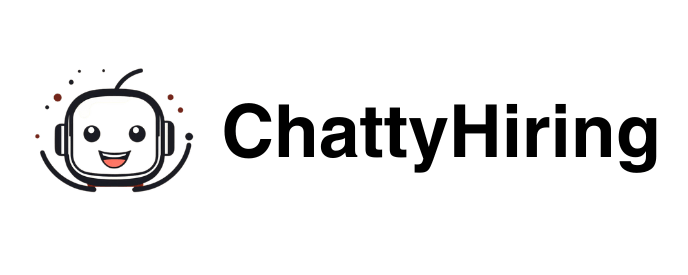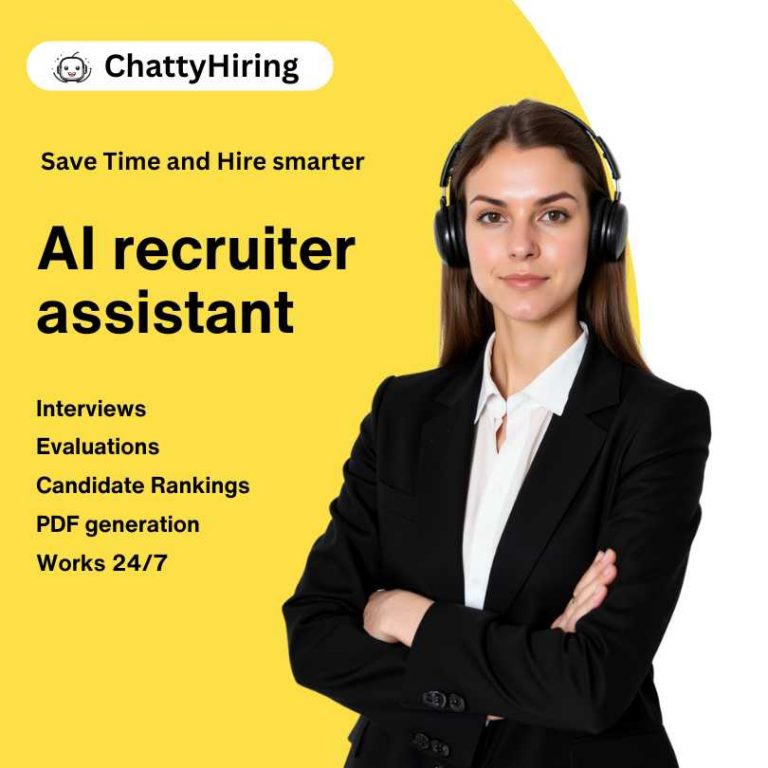The job market is a dynamic landscape influenced by various factors, including economic conditions, technological advancements, and demographic shifts. Understanding the nuances of this market is crucial for both employers and job seekers. For instance, during periods of economic growth, companies often expand their workforce, leading to increased competition for talent.
Conversely, during economic downturns, layoffs may occur, resulting in a surplus of candidates vying for fewer positions. This cyclical nature of the job market necessitates a keen awareness of current trends and demands. Moreover, the rise of remote work has transformed the job market significantly.
Employers are no longer limited to local talent pools; they can now recruit from a global workforce. This shift has led to an increase in competition among companies to attract top talent, as candidates have more options than ever before. Additionally, industries such as technology and healthcare are experiencing rapid growth, creating a high demand for skilled professionals.
Understanding these trends allows organizations to tailor their recruitment strategies effectively, ensuring they remain competitive in attracting the right candidates.
Key Takeaways
- Research and understand the current job market trends and demands to tailor your recruitment strategies accordingly.
- Keep an eye on the latest industry developments and changes in job requirements to stay ahead of the competition.
- Utilizing Social Media and Online Platforms:
- Leverage social media platforms and online job boards to reach a wider pool of candidates and engage with them effectively.
- Use targeted advertising and content marketing to promote job openings and your employer brand across various online channels.
- Attend networking events, conferences, and workshops to connect with potential candidates and establish your presence within the industry.
- Highlight unique perks and benefits that set your company apart from competitors to entice top talent.
- Providing Opportunities for Growth and Development:
- Emphasize career development and growth opportunities within your organization to attract ambitious and driven candidates.
- Offer mentorship programs, training initiatives, and clear paths for advancement to showcase your commitment to employee development.
- Streamlining the Hiring Process:
- Simplify and streamline the hiring process to provide a positive candidate experience and reduce time-to-hire.
- Use technology and automation tools to manage applications, schedule interviews, and communicate with candidates efficiently.
Creating an Attractive Employer Brand
What Makes a Company Attractive?
For example, organizations like Google and Salesforce are renowned for their innovative work environments and commitment to employee well-being, making them highly sought-after employers. To create an attractive employer brand, organizations must first identify their unique value proposition. This involves understanding what sets them apart from competitors and how they can communicate this effectively to potential candidates.
Engaging Current Employees
Engaging current employees in this process can provide valuable insights into the company culture and what makes it a great place to work. Additionally, showcasing employee testimonials and success stories on company websites and social media platforms can help convey authenticity and foster a positive image.
Building a Positive Employer Brand
By understanding their unique value proposition and engaging current employees, organizations can build a positive employer brand that attracts top talent and fosters loyalty and engagement.
Utilizing Social Media and Online Platforms

In today’s digital age, social media and online platforms play a pivotal role in recruitment strategies. Companies can leverage these tools to reach a broader audience and engage with potential candidates in real-time. Platforms like LinkedIn, Facebook, and Twitter allow organizations to share job openings, company news, and insights into their workplace culture.
For instance, LinkedIn has become a primary platform for professional networking and job searching, with many companies using it to showcase their employer brand through engaging content. Moreover, social media enables organizations to interact directly with candidates, answering questions and providing information about the hiring process. This level of engagement can enhance the candidate experience and foster a sense of connection with the company before they even apply.
Additionally, utilizing targeted advertising on these platforms can help reach specific demographics or skill sets, ensuring that job postings are seen by the most relevant candidates.
Offering Competitive Compensation and Benefits

Attracting Top Talent with Competitive Compensation
Compensation and benefits packages are critical factors that influence a candidate’s decision to accept a job offer. In a competitive job market, organizations must ensure that their offerings are attractive enough to entice top talent while remaining sustainable for the business.
Going Beyond Salary: Benefits that Matter
This includes not only salary but also benefits such as health insurance, retirement plans, paid time off, and flexible work arrangements. Employers should conduct regular market research to benchmark their compensation packages against industry standards.
Customizing Benefits to Meet Unique Needs
This ensures that they remain competitive while also considering the unique needs of their workforce. For instance, offering flexible work hours or remote work options can be particularly appealing to candidates seeking work-life balance.
Enhancing the Overall Value of the Compensation Package
Additionally, providing opportunities for professional development or tuition reimbursement can further enhance the overall value of the compensation package.
Providing Opportunities for Growth and Development
Candidates today are increasingly looking for employers who prioritize their professional growth and development. Organizations that offer clear pathways for advancement tend to attract ambitious individuals eager to enhance their skills and progress in their careers. This can include mentorship programs, training sessions, or access to online courses that align with employees’ career goals.
Creating a culture of continuous learning not only benefits employees but also enhances organizational performance. Companies that invest in their workforce’s development often see increased employee engagement and retention rates. For example, organizations like Amazon have implemented robust training programs that equip employees with new skills while also preparing them for future leadership roles within the company.
By fostering an environment where growth is encouraged and supported, employers can build a more skilled and motivated workforce.
Streamlining the Hiring Process
A streamlined hiring process is essential for attracting top talent in a competitive job market. Lengthy or cumbersome application procedures can deter qualified candidates from applying or lead them to accept offers from other organizations with more efficient processes. Employers should aim to simplify their hiring workflows by utilizing technology such as applicant tracking systems (ATS) that automate various stages of recruitment.
Additionally, clear communication throughout the hiring process is vital for maintaining candidate interest. Providing timely updates on application status or feedback after interviews can enhance the candidate experience and reflect positively on the organization’s brand. Furthermore, involving multiple stakeholders in the hiring process can help ensure that decisions are made quickly while still considering diverse perspectives on candidate fit.
By prioritizing efficiency without sacrificing quality, organizations can improve their chances of securing top talent before competitors do.
When looking for the best ways to recruit employees, it is important to consider the use of innovative technology in the hiring process. One related article that explores this topic is Revolutionizing Recruitment with Innovative Technology.
This article discusses how advancements in technology, such as AI candidate assessment tools and chatbots like ChatGPT, can streamline the recruitment process and help companies find the best candidates for their open positions.
By leveraging these tools, businesses can improve their recruitment strategies and attract top talent more effectively.
FAQs
How can job boards be used for recruiting employees?
Job boards are online platforms where employers can post job openings and candidates can search for and apply to those positions. Employers can use job boards to reach a large pool of potential candidates.
What role does social media play in employee recruitment?
Social media can be used to promote job openings, showcase company culture, and engage with potential candidates. Platforms like LinkedIn, Facebook, and Twitter are commonly used for recruiting purposes.
How effective are employee referrals in the recruitment process?
Employee referrals can be highly effective in the recruitment process, as current employees can recommend qualified candidates who are likely to be a good fit for the company culture.
When should a company consider working with recruitment agencies?
Companies should consider working with recruitment agencies when they need to fill specialized or high-level positions, or when they are struggling to find qualified candidates through other recruitment methods.
-

A passionate advocate for the future of HR innovation. With expertise in leveraging AI to revolutionize recruitment processes, Carlos has a clear vision: empower HR teams while creating meaningful candidate experiences.
View all posts





